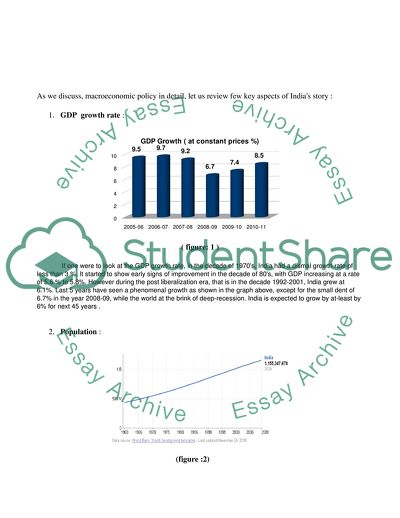Cite this document
(Increasing Inflation & Corruption in the Indian Growing Economy Research Paper, n.d.)
Increasing Inflation & Corruption in the Indian Growing Economy Research Paper. https://studentshare.org/macro-microeconomics/1744775-intermediate-macroeconomics-india
Increasing Inflation & Corruption in the Indian Growing Economy Research Paper. https://studentshare.org/macro-microeconomics/1744775-intermediate-macroeconomics-india
(Increasing Inflation & Corruption in the Indian Growing Economy Research Paper)
Increasing Inflation & Corruption in the Indian Growing Economy Research Paper. https://studentshare.org/macro-microeconomics/1744775-intermediate-macroeconomics-india.
Increasing Inflation & Corruption in the Indian Growing Economy Research Paper. https://studentshare.org/macro-microeconomics/1744775-intermediate-macroeconomics-india.
“Increasing Inflation & Corruption in the Indian Growing Economy Research Paper”. https://studentshare.org/macro-microeconomics/1744775-intermediate-macroeconomics-india.


